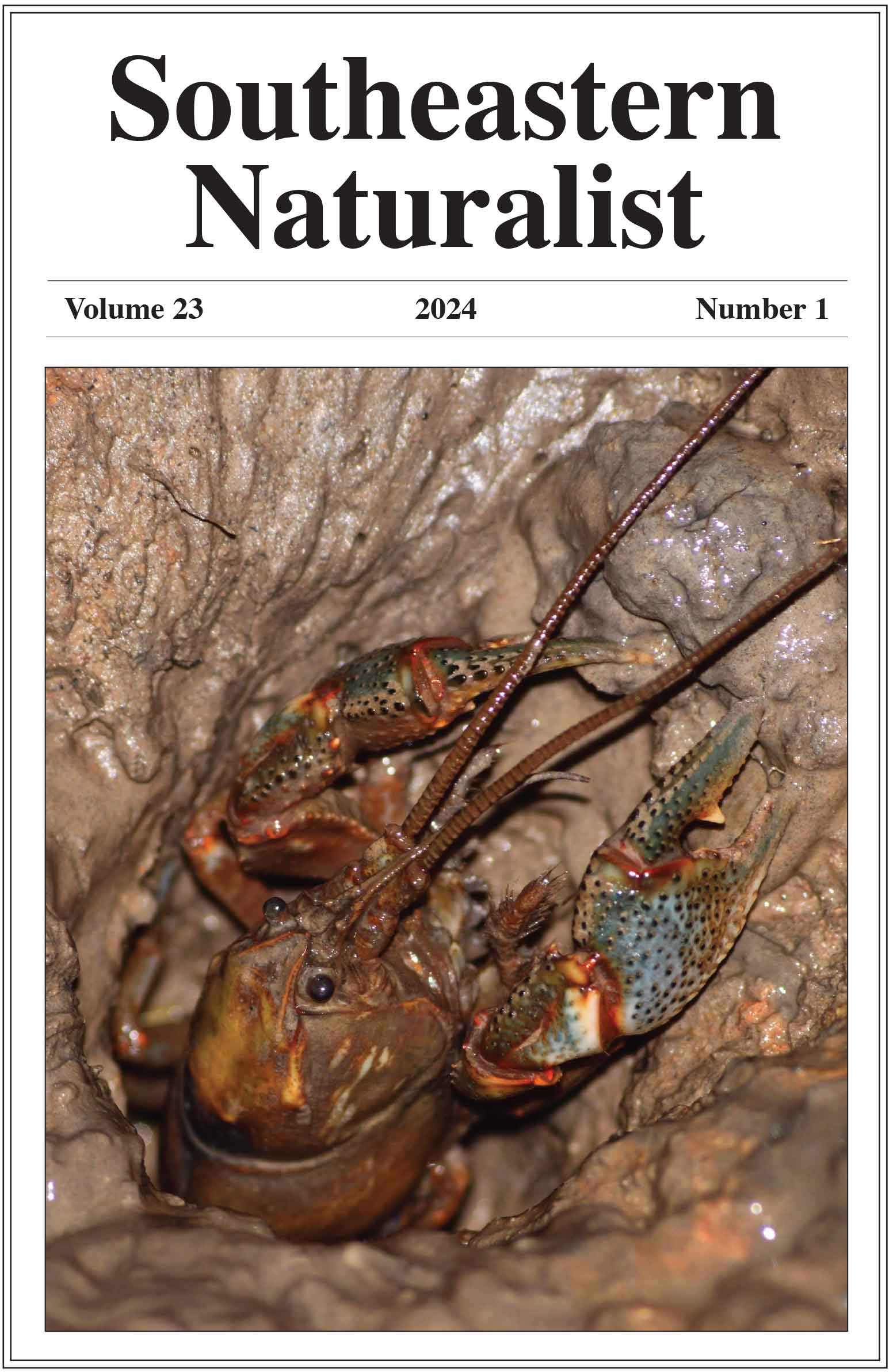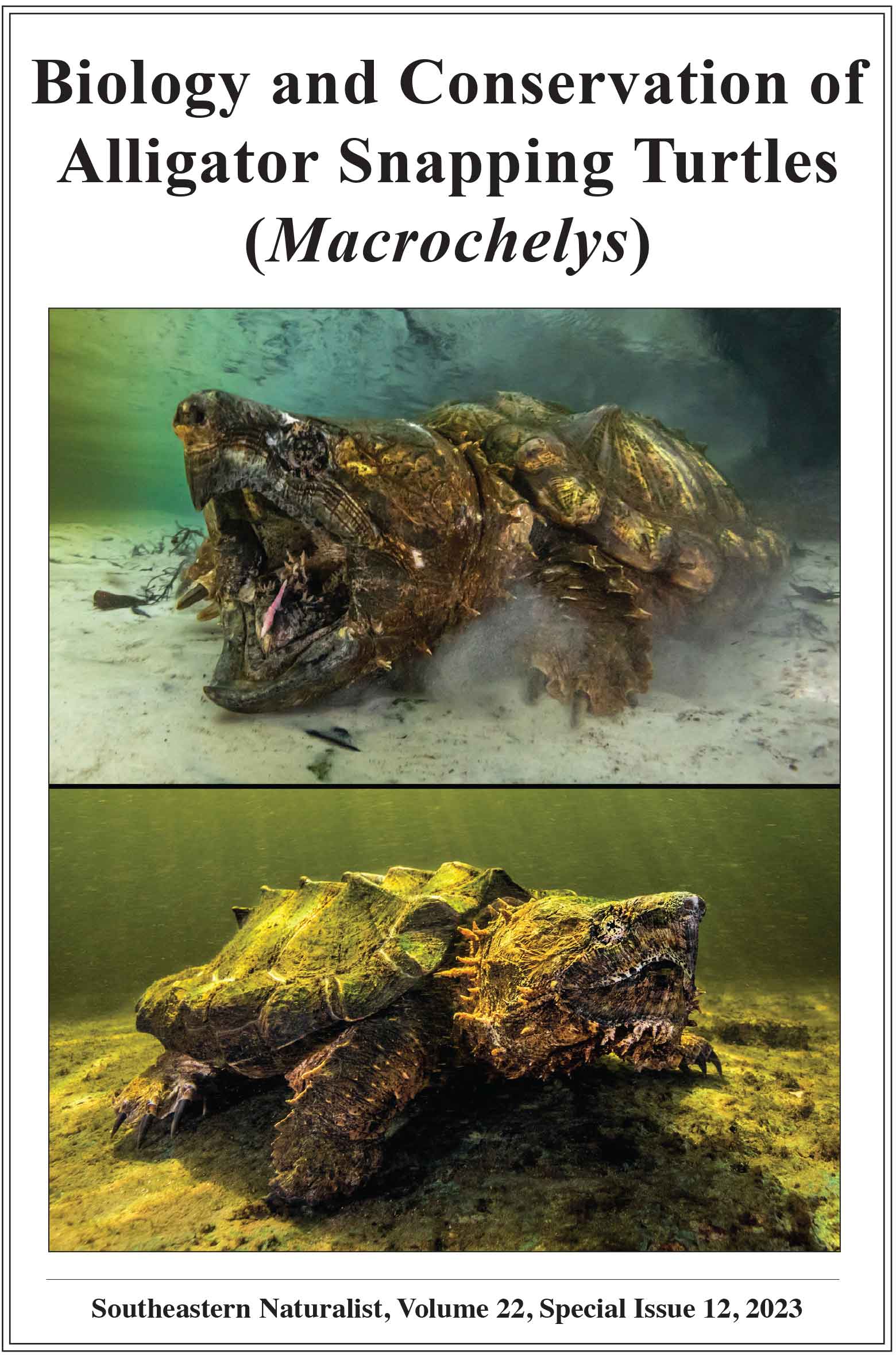A Plea for Red Wolf Conservation Throughout Its Recent Distribution
L. David Mech1,2,* and Ronald M. Nowak3
1US Geological Survey, Northern Prairie Wildlife Research Center, 8711 37th Street SE, Jamestown, ND 58401. 2Current address - USDA Northern Research Station, University of Minnesota, St. Paul, MN 55108. 32101 Greenwich Street, Falls Church, VA 22043. *Corresponding author.
Southeastern Naturalist, Volume 22, Issue 1 (2023): N23–N27
Abstract
Canis rufus (Red Wolf) is one of the most endangered mammals in North America. However, genes of the Red Wolf persist across much of the species’ original range, carried predominantly within C. latrans (Coyote) populations. It is now known that such genes are distributed from extreme north-central Texas through most of eastern Texas to southern Louisiana. Publicizing of the most recent findings of Red Wolf genes in Coyotes of southern Louisiana emphasized that area for intensive conservation efforts. Such efforts could be applied throughout the entire known distribution of those rare genes, not just in the small area of southern Louisiana recently publicized. Because conservation efforts might be hindered by local conditions and circumstances, expanding geographic options for their application could make the difference in their successs.
![]() Download Full-text pdf (Accessible only to subscribers. To subscribe click here.)
Download Full-text pdf (Accessible only to subscribers. To subscribe click here.)
Access Journal Content
Open access browsing of table of contents and abstract pages. Full text pdfs available for download for subscribers.
Issue-in-Progress: Vol. 23 (2) ... early view
Check out SENA's latest Special Issue:












 The Southeastern Naturalist is a peer-reviewed journal that covers all aspects of natural history within the southeastern United States. We welcome research articles, summary review papers, and observational notes.
The Southeastern Naturalist is a peer-reviewed journal that covers all aspects of natural history within the southeastern United States. We welcome research articles, summary review papers, and observational notes.